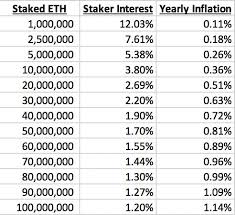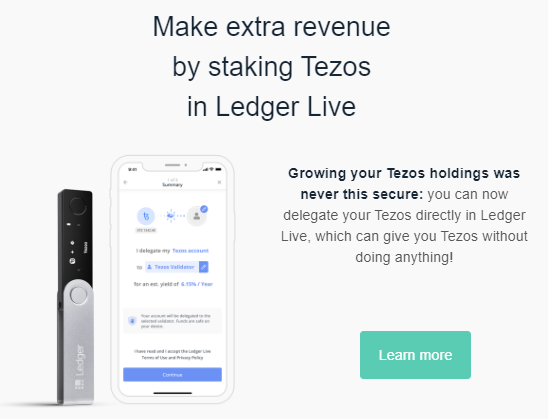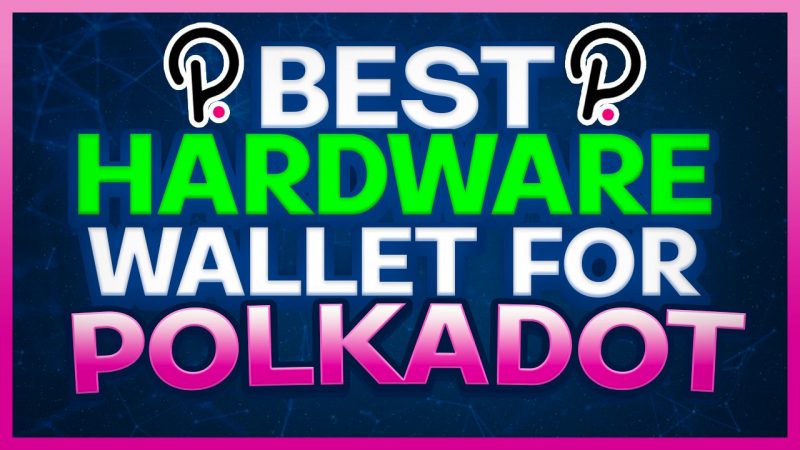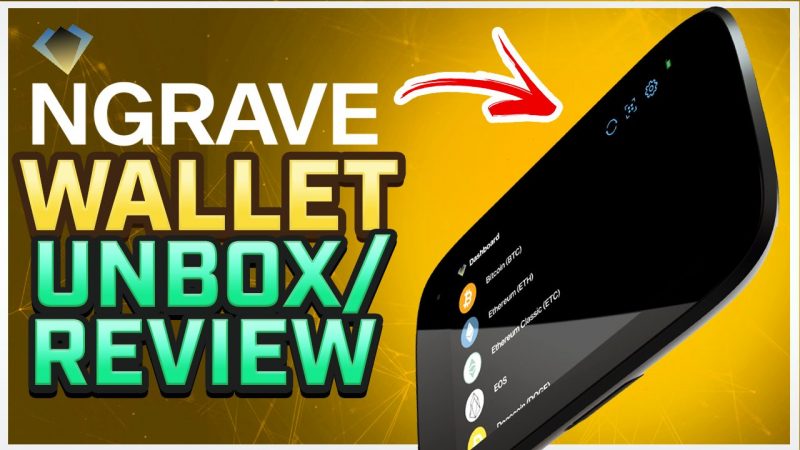In this review, we are going to see the SAFEST way to store your tezos ledger nano x, simulatenously! Tezos is self-amending, meaning that it does not need to go through regular hard forks in order to be upgraded. Even when hard forks are agreed upon by an entire network, they can create a lot of work for developers and node operators. Tezos has a more seamless upgrade process that does not involve regularly forking the blockchain. That said, it is possible for part of the network to decide to fork Tezos indeed, this has already happened during the initial KYC controversy.
The Tezos coin (XTZ) can be obtained through a number of prominent exchanges, including Kraken and Binance. Each exchange has different trading pairs, meaning that you can purchase XTZ by spending ETH, BTC, Tether, or fiat currency.
Traditional proof-of-stake, which is used in Ethereum’s upcoming Casper protocol, allows node operators to lock up their own tokens for a chance to validate blocks and earn token rewards. This system allows an unlimited number of nodes to vie for control over block validation, and the fact that countless stakers can exist makes the model highly decentralized. Unfortunately, staking is too expensive for many basic users: even if Ethereum lowers the minimum staking amount to 32 ETH, staking will still require thousands of dollars.
Meanwhile, delegated proof-of-stake (DPoS) allows users to stake their tokens in order to vote for a limited number of block producers. EOS, for example, elects only 21 block producers, all of whom are large organizations that must dedicate massive amounts of computing power. This model has come under fire for centralizing power in the hands of a few block producers.
However, delegation and voting make it possible for less wealthy users to have an indirect say over the course of the blockchain. Tezos combines these two models with its unique liquid proof-of-stake mechanism. This model allows up to 80,000 block validators or bakers to accept delegated tokens. Bakers must hold 10,000 XTZ, which is, again, thousands of dollars.
However, Tezos also allows users with smaller holdings to delegate their tokens to bakers and receive rewards in return. In other words, liquid proof-of-stake permits users to either become a full-fledged block validator or merely delegate tokens to validators. The following infographic gets into some of the specifics of the baking process, which involves unique features like a “quality assurance team” and a “bonding” or “cooldown” phase: Just like Ethereum and EOS, Tezos supports smart contracts, which are blockchain programs that can execute automatic transactions.
Tezos Ledger Nano X: How Do I Stake My Tezos On My Ledger Nano X?
Staking with Tezos (XTZ) – Earn money while holding crypto assets | Ledger Staking is the process of holding funds in a cryptocurrency wallet to support the operations of a blockchain network and, in return, holders are rewarded for their contribution. This can be compared to earning interest in a traditional bank. Tezos is a multi-purpose blockchain which uses a Proof-of-Stake protocol to secure its network. Token holders can delegate their accounts to a validator, who will be in charge of securing the network on their behalf.
Tezos Ledger Nano X: How Do I Set Up Baking Tezos On My Ledger Nano X?
The user may then earn the rewards generated minus validator’s fees. Discover Ledger Live When staking, you can earn a passive income by participating in the Tezos network via delegation. The current annual yield on Tezos is around 6%, minus a validator’s fees. You can use Staking Reward’s calculator to estimate your monthly earnings.
When you first start delegating, it will take roughly five weeks for you to receive your first rewards from your validator. After this, you can expect rewards about every 3 days. In Tezos, the current consensus mechanism is known as Liquid Proof-of-Stake (LPoS).
Token holders can delegate their validation rights to other token holders (called validators) without transferring ownership of their tokens. Contrary to other DPoS protocol, in Tezos you delegate your whole account. When delegating, your XTZ are completely liquid. You are free to move your tokens anytime as there are no freezing periods when delegating to a validator. There are no direct risks of delegating XTZ. The only risk you take is not earning the potential rewards.
How Can I Earn Passive Income With Tezos?
Carefully choose your validator to ensure quality of service and rewards. Select the Tezos account you want to delegate in Ledger Live Choose your validator (baker) by comparing estimated reward rate Verify and confirm delegation information on your Ledger hardware wallet Tezos token holders who are not interested in being a baker themselves can delegate their tokens to a validator to bake on their behalf.
When performing a delegation operation, you only send your baking rights to a validator: your XTZ stay on your wallet and remain yours. As you retain ownership of your assets, you can keep your XTZ on your hardware wallet while staking via delegation. This is the best way to keep your assets safe.
You can bake on your own by setting up a node and having at least 8.000 XTZ (8.000 XTZ is called a “roll”). Baking yourself requires you to run a Tezos node, a baker & endorser client. You should have a reliable Internet connection and high-availability servers. The more delegated funds a baker receives, the greater the chance it has to produce blocks and earn rewards.
Tezos Ledger Nano X: Final Verdict
Overall, this article gives you a high level view of how Tezos works and how you can make money by “baking” your coins to help validate transactions on the network. You can spend a lot more money and become a “baker”, however that is out of reach for most people. This is why I use my Ledger Nano X to earn passive income, WHILE keeping my private keys safe and in my possession.
Don’t be fooled and believe that you can only do this on an exchange. That is the WORST way to do this, as you are making the money, and letting them keep possession of your keys. It’s easy to setup and you don’t need ANY technical knowledge to do this. In the video above, it explains how I easily did this and how you can too.
If you own and believe in the Tezos Project, there is no reason why you should not be earning passive income while doing so, in the safest way possible. What are you waiting for? Get a Ledger Nano X now so you can safely stake your rewards and not risk leaving your private keys on on an exchange or hot wallet, where you are at risk!















